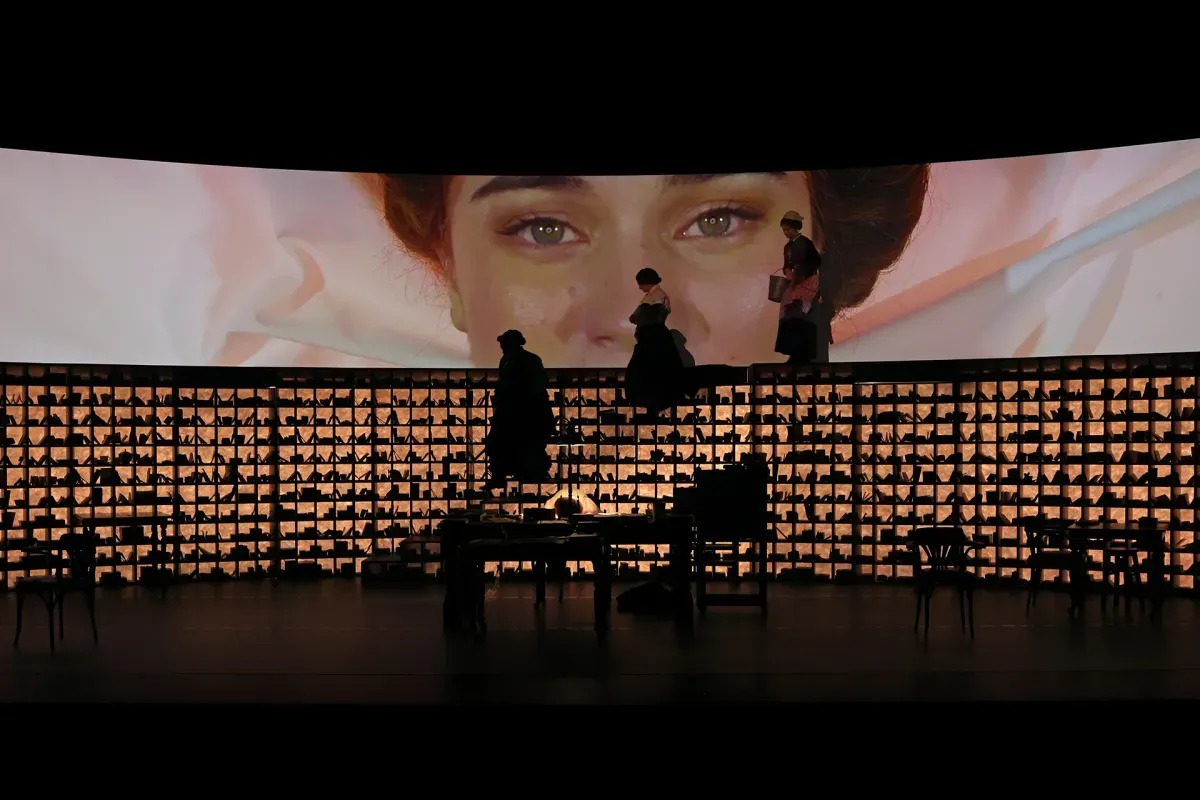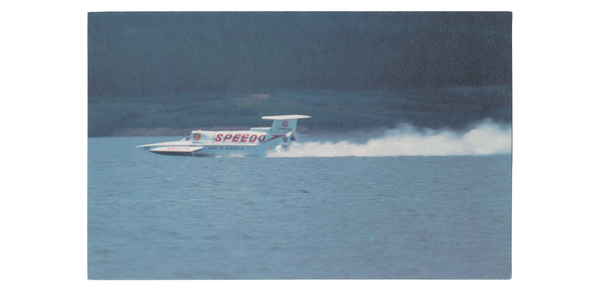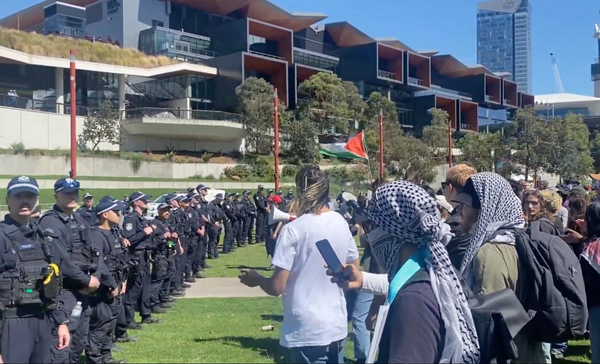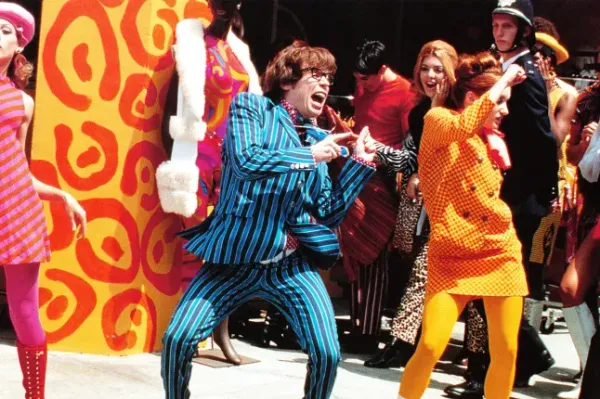Review: The Dictionary of Lost Words Leaps Gracefully From Page to Stage
The staging and costuming of Lost Words is a true delight. It’s as if Esme and her friends have sprung directly from the page into the real world. Each setting is richly crafted, making use of the Scriptorium’s pigeonholes as shelves, windows, doors, letter boxes, and more.

Raise your hand if you’ve ever been personally victimised by a dodgy adaptation of your favourite book.
Thankfully, fans of The Dictionary of Lost Words have nothing to worry about on this front. Verity Laughton’s adaptation of Pip Williams’s bestseller brings the story into the three-dimensional world with unwavering commitment to Williams’s vision, creating a play almost as gripping and immersive as the original novel.
The Dictionary of Lost Words follows Esme Nicholl, the daughter of a lexicographer (dictionary writer) working on the first-ever edition of the Oxford English Dictionary in the late 19th century. She spends much of her childhood underneath the sorting table in the Scriptorium – the base of operations for the all-male team working on the Dictionary – and develops a love for words, especially those that are unloved and discarded. Her journey of ‘rescuing’ lost words leads her to question what perspectives may be missing from the Dictionary.
To make it in, a word has to have been published in a written text, which means that words primarily used by women and the working class fall outside of the Dictionary’s scope. Esme begins seeking out these words to record them herself, a mission that ultimately shapes the course of her life. Lost Words is a story about how we interpret and define the world around us, and what it meant to be a woman in Esme’s time. Over its course, we also see the impacts of real historical events like the women’s suffrage movement, the outbreak of World War 1, and, of course, the birth of the Dictionary.
The first thing that Laughton’s stage adaptation gets right in a major way is its retained focus on words and language. The novel is written in first person, meaning we are constantly in Esme’s head, where words are the lens through which she processes the world. She’s an avid reader and storyteller as a child, growing into an educated young woman who begins working for the Dictionary herself. All the while, she uses dictionary words and their definitions to describe the major events of her life. Whilst it is, of course, impossible to preserve all of this detail when we can’t read Esme’s mind, the play works hard to make sure Lost Words is still centred around words, making Esme still feel like herself in this new format through both the script and the production design.
The staging and costuming of Lost Words is a true delight. It’s as if Esme and her friends have sprung directly from the page into the real world. Each setting is richly crafted, making use of the Scriptorium’s pigeonholes as shelves, windows, doors, letter boxes, and more. The clutter and mismatched furniture feels homely and welcoming, coupled with beautiful lighting design that transforms the stage into a vast range of settings. Although some of the musical elements felt out-of-place or detracted from the emotion of their moments, the immersive soundscapes make the cast of eight seem like a much bigger crowd and are a valuable element of each scene.
The projector screen on the top half of the stage is a particular highlight of the play’s design, driving home the focus on words by displaying signage, mail, definition slips, embroidery samplers, metal type, and more to orient us in each scene. When words evade Esme at some of the most emotionally intense points of her story, the on-screen elements of the play help clue the audience in to what has happened. I was initially skeptical, often feeling that cine-theatre is a cop out or something that’s been done to death already, but was pleasantly surprised by how the projections were used thoughtfully to further our immersion and understanding.
Actor Shannen Alyce Quan skilfully brings Esme’s tenacity, sensitivity, and determination to life, crafting an unmissable performance at every turn. Angela Nica Sullen as Tilda Taylor (a fan-favourite character, and one I personally adore) is a commanding presence, and more than delivers on the emotional aspects of her mentor-like relationship to Esme. The remainder of the cast are similarly excellent, with many (including Sullen) taking on multiple vastly different roles throughout the play.
Lost Words is, undeniably, a behemoth – an almost 400-page book, densely packed with a plot spanning across four decades, which Laughton funnels into just shy of 3 hours’ stage time. Most of Esme’s major life events, as well as the most impactful historical events, occur in the second half of the play. This does have the unintended side effect of making the first half somewhat difficult to sit through. The adaptation is faithful almost to a fault – some scenes felt as though they could have conveyed the same point in half the time, favouring the nuance of each character and relationship over the progression of the plot. This does, of course, mean that the play embraces the full glorious depth of Williams’s writing, but in a stage production it’s nice to be home before midnight.
With that being said, the setup in the first half is well worth enduring for the payoff in the second, and I’m overall grateful for the love that Laughton has poured into preserving the richness of Williams’s original text. Certainly, I’d much rather the play be too close to the book than have the heart stripped out of it.
On the whole, with its captivating plot, important message, and gorgeous staging, Lost Words is a worthwhile watch for anyone, whether you’re an obsessive fan of the book or have never heard of it. You can get lost in this beautiful story at the IPAC until the 7th of June.




